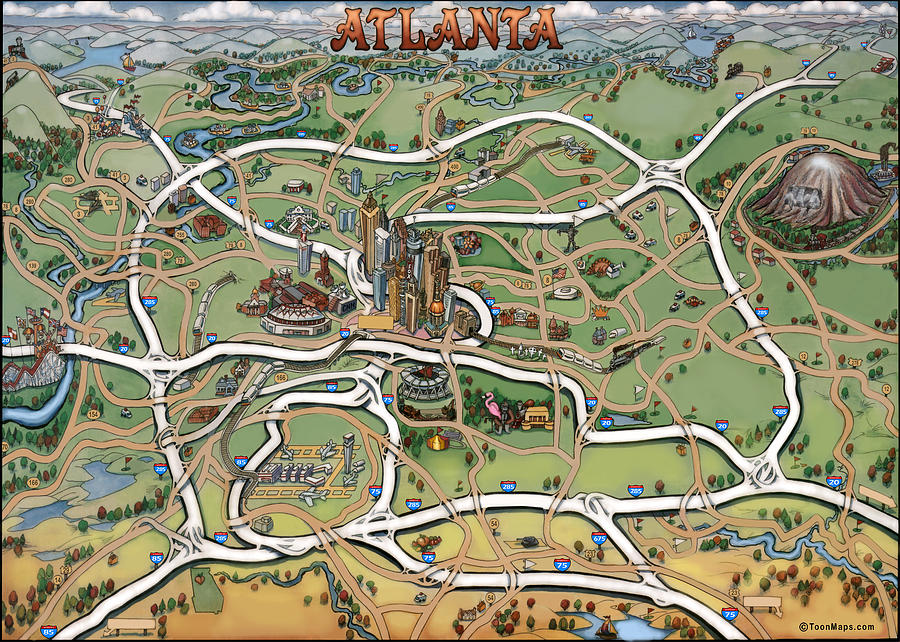VIM! Pop Incorporated
Vim! Pop Incorporated was founded in 1931 by Herbert Reed who originally sold the beverage as a health tonic. Vim never gained the national attention that Nuka-Cola did, but it remained a large part of Maine culture and was even up for consideration as the state's official drink.
Even though the drink carried a strong localized following (residents of Maine considered it a point of pride to drink it over the more nationally recognized Nuka-Cola brand), its producer still faced several challenges in the years preceding the Great War. At the end of the third quarter in October 2077, the corporation was nearly 3.29 million dollars in the red, with more than 20% of the company's expenditures going toward repairs, more than on marketing (14.9%), production (14.4%), or distribution (10.0%). In addition, Vim! Pop had just gotten out of litigation with the Nuka-Cola Corporation over the trademark on the Quartz name, losing them further revenue from that source as well.[5] Accordingly, the main investors in the company began to lose faith and were considering selling their stocks to Nuka-Cola, which would effectively make Vim! Pop a subsidiary of the soft drink giant.
Despite all of these hindrances, CEO Doyle Reed was determined to keep the company independent of the Nuka-Cola Corporation and sell Vim nationwide, and launched several campaigns. In order to widen its consumer base, the corporation began the "Vim Ambassador" advertisement campaign, whereby power-armored ambassadors bearing the distinctive white and red colors of the brand would travel to communities and hand out free bottles of Vim, Vim Quartz, and Vim Refresh in addition to answering questions and providing contact information for the corporation's sales distribution team.
However, this advertising campaign came with its own set of problems, particularly with a crime: for example, one of the suits of power armor was stolen right off the truck, and one ambassador was physically assaulted by a bar patron, completely unprovoked. The head of distribution, Willis Rudd, was even convinced that the company was being intentionally targeted and it was not simply bad luck: their delivery trucks had been stolen and shot up, their drivers had been jumped and even machine technicians reported tampering.
Rudd was correct; the Nuka Cola Corporation had hired Aubrey Copland to sabotage Vim! Pop Incorporated, and goad them to be bought out. The plan was divided into three phases: the goal of phase one is to disrupt local confidence in Vim by placing "out of order" signs on vending machines, replacing cases of pop with tainted bottles, and covering Vim advertisements with those of Nuka-Cola. Additionally, Madison Young would work from the inside of the company, pointing out losses to investors and pointing them toward Nuka Cola. The next phase included escalation of force, such as random thefts and assaulting workers to lower morale, making it obvious enough that they are being targeted, but not enough to launch an investigation. The final phase included stealing the recipe for their newest soft drink (Captain's Blend) so Nuka-Cola could beat them to it. Regardless of the distribution fiascos and sabotage, the corporation's "Escape into Adventure" campaign was largely successful, with 87% of those polled feeling "excited" or "intrigued" by the ads, and 56% of those people saying they would be likely to purchase a bottle of Vim after seeing the ads. Especially after the litigation over the Quartz brand, the corporation also found hope with a new flavor of pop tentatively named "Captain's Blend" which was popular with taste testers, who predominantly described the flavor as "fishy." Of course, the troubles of the company all ended when the Great War broke out; compared to nuclear annihilation and the factory under attack, hemorrhaging money, failed ad campaigns and lawsuits did not seem too dire at all.
Rudd was correct; the Nuka Cola Corporation had hired Aubrey Copland to sabotage Vim! Pop Incorporated, and goad them to be bought out. The plan was divided into three phases: the goal of phase one is to disrupt local confidence in Vim by placing "out of order" signs on vending machines, replacing cases of pop with tainted bottles, and covering Vim advertisements with those of Nuka-Cola. Additionally, Madison Young would work from the inside of the company, pointing out losses to investors and pointing them toward Nuka Cola. The next phase included escalation of force, such as random thefts and assaulting workers to lower morale, making it obvious enough that they are being targeted, but not enough to launch an investigation. The final phase included stealing the recipe for their newest soft drink (Captain's Blend) so Nuka-Cola could beat them to it. Regardless of the distribution fiascos and sabotage, the corporation's "Escape into Adventure" campaign was largely successful, with 87% of those polled feeling "excited" or "intrigued" by the ads, and 56% of those people saying they would be likely to purchase a bottle of Vim after seeing the ads. Especially after the litigation over the Quartz brand, the corporation also found hope with a new flavor of pop tentatively named "Captain's Blend" which was popular with taste testers, who predominantly described the flavor as "fishy." Of course, the troubles of the company all ended when the Great War broke out; compared to nuclear annihilation and the factory under attack, hemorrhaging money, failed ad campaigns and lawsuits did not seem too dire at all.




Comments